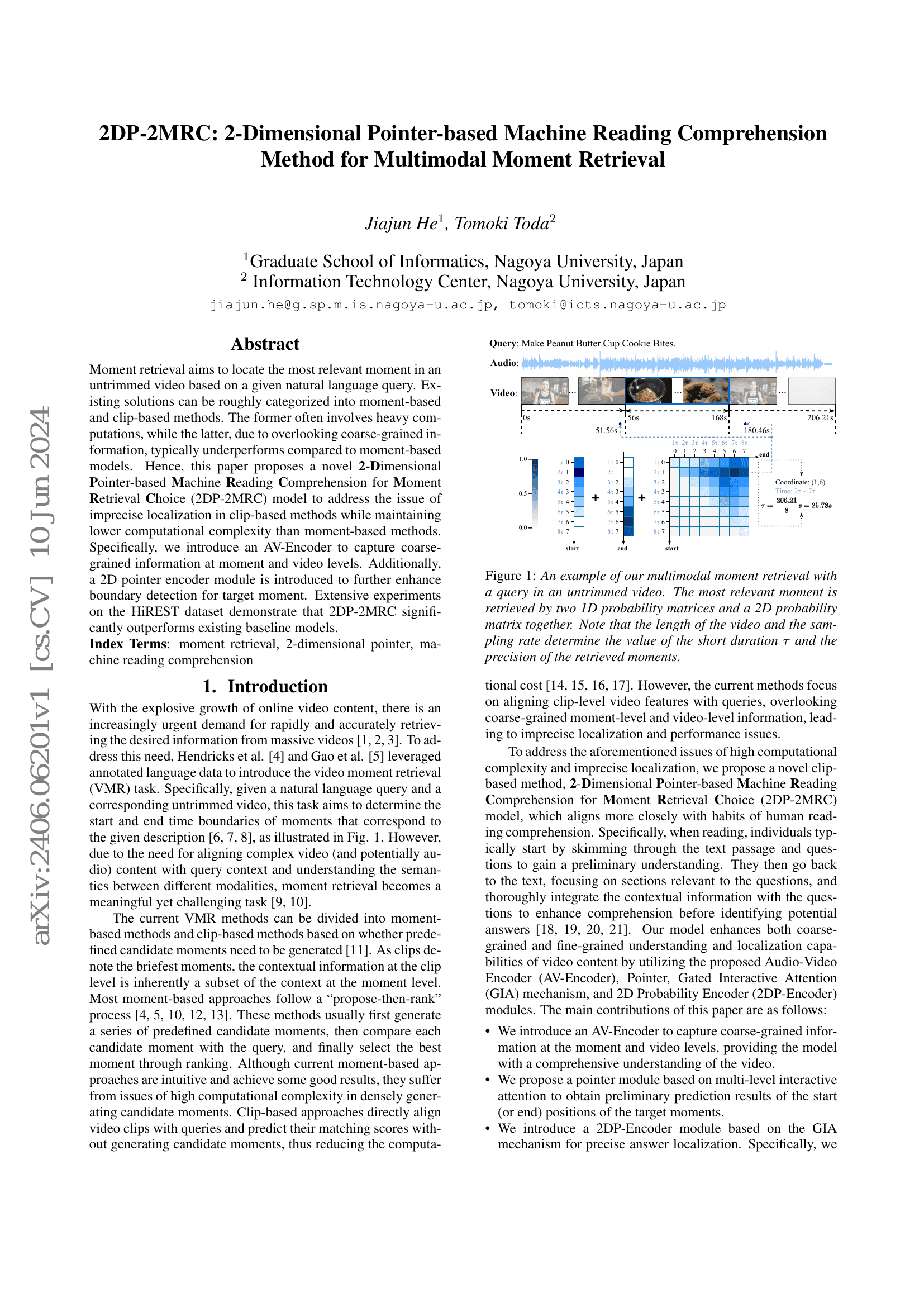Command Palette
Search for a command to run...
{Jean Lahoud Bernard Ghanem}

Abstract
In this paper, we present a technique that places 3D bounding boxes around objects in an RGB-D scene. Our approach makes best use of the 2D information to quickly reduce the search space in 3D, benefiting from state-of-the-art 2D object detection techniques. We then use the 3D information to orient, place, and score bounding boxes around objects. We independently estimate the orientation for every object, using previous techniques that utilize normal information. Object locations and sizes in 3D are learned using a multilayer perceptron (MLP). In the final step, we refine our detections based on object class relations within a scene. When compared to state-of-the-art detection methods that operate almost entirely in the sparse 3D domain, extensive experiments on the well-known SUN RGB-D dataset show that our proposed method is much faster (4.1s per image) in detecting 3D objects in RGB-D images and performs better (3 mAP higher) than the state-of-the-art method that is 4.7 times slower and comparably to the method that is two orders of magnitude slower. This work hints at the idea that 2D-driven object detection in 3D should be further explored, especially in cases where the 3D input is sparse.
Benchmarks
| Benchmark | Methodology | Metrics |
|---|---|---|
| 3d-object-detection-on-sun-rgbd-val | 2D-driven | Inference Speed (s): 4.15 mAP@0.25: 45.1 |
| object-detection-in-indoor-scenes-on-sun-rgb | 2D - Driven (RGB) | AP 0.5: 49.7 |
Build AI with AI
From idea to launch — accelerate your AI development with free AI co-coding, out-of-the-box environment and best price of GPUs.